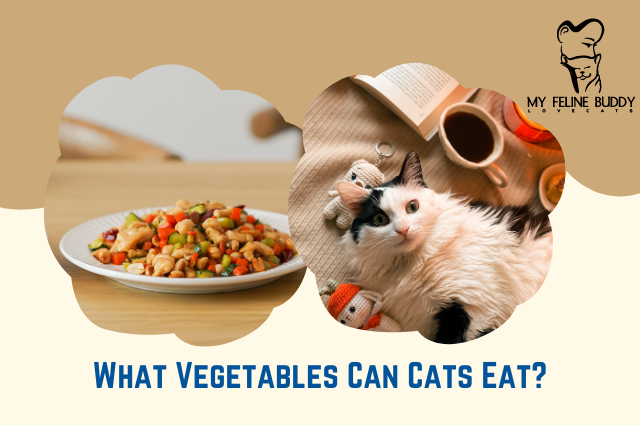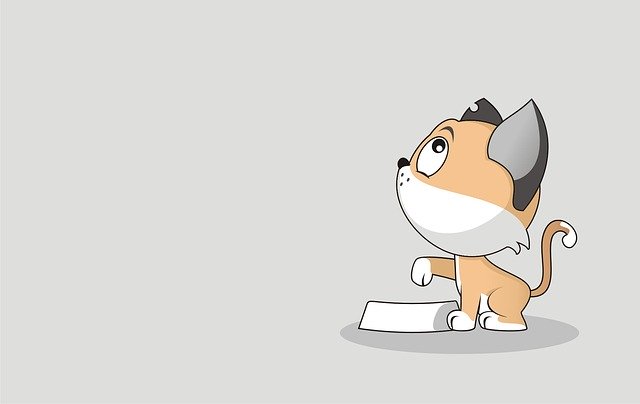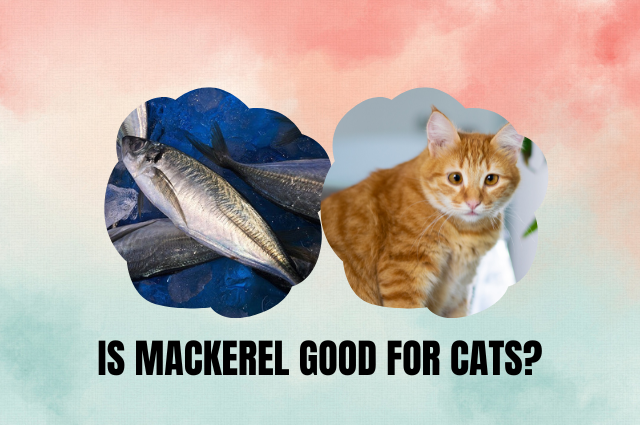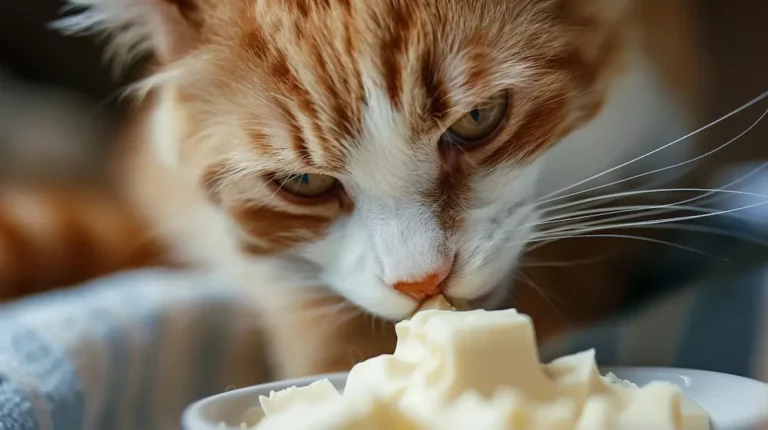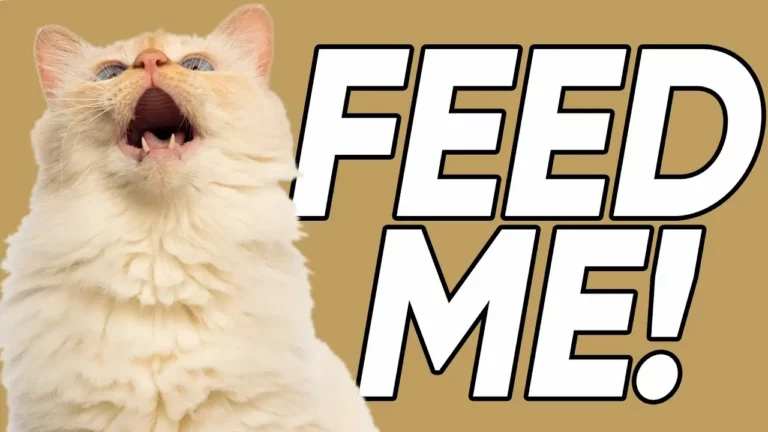What Vegetables Can Cats Eat?
If you’re a
While cats are obligate carnivores, so their primary diet should consist of meat, they can indeed benefit from safe vegetables as a supplement.
In this article, we’ll explore the world of
Cat-Safe Vegetables: A Comprehensive List
So, what are the safe vegetables for cats to eat? Let’s dive into a list of
Leafy Greens: Nutrient-Packed Options
- Spinach: This leafy green is rich in minerals, vitamins, and antioxidants. It can be an excellent addition to your
cat ‘s diet when served in moderation. - Kale: Another nutrient powerhouse, kale provides vitamins A, C, and K, as well as minerals like calcium and potassium.
Root Vegetables: Healthy Choices for Your Cat
- Carrots: Research conducted by the American Society for Nutrition suggests that carrots are a source of beta-carotene, which can contribute to your
cat ‘s overall health. They can be offered as small, cooked, and mashed portions. - Sweet Potatoes are rich in dietary fiber, capable of improving feline digestion. You can bake a small piece, peel it, and serve it to your
cat .
Vegetables that Provide Fiber for Feline Digestion
- Pumpkin is an amazing source of dietary fiber, which can help with your
cat ‘s digestion. It also serves as a natural remedy for both constipation and diarrhea in cats. You can offer a small amount of plain, canned pumpkin as an occasional treat.
Healthy Vegetables to Include in Your Cat ‘s Diet
- Cucumbers: These refreshing vegetables can be a hydrating and low-calorie treat for your
cat . They’re also rich in vitamins and minerals, including potassium and magnesium. Slice a few pieces and offer them as a crunchy snack. - Peas: According to the Journal of the American Veterinary Medical Association, peas can provide valuable nutrients such as vitamin K and manganese, which are important for your
cat ‘s overall health. Peas can be served cooked or even as a frozen treat for your furry friend.
Cooked vs. Raw Vegetables for Cats: Which Is Better?
Research from the Journal of Nutrition and Metabolism suggests that while both cooked and raw vegetables can be beneficial for cats, cooking can make certain nutrients more bioavailable.
Cooking also helps break down plant cell walls, making it easier for your
Benefits of Offering Cat -Safe Vegetables in Their Diet:
Introducing
By providing your
You might also like: Barley Grass for Cats
Now that you’ve learned about the safe vegetables for cats and their benefits, let’s explore how to incorporate these vegetables into your
Before we delve into that, here are a couple of
- “Nutritional
Cat Supplement”: This supplement contains a blend ofcat -safe vitamins and minerals to support your feline friend’s overall health. It can be mixed with yourcat ‘s food to ensure they get the essential nutrients they need. - “Interactive
Cat Toy Feeder”: To encourage yourcat to try new foods, this toy feeder dispenses small portions of vegetables when yourcat plays with it. It makes mealtime a fun and interactive experience.Â
Vegetables that Are Non-Toxic to Cats:
It’s crucial to remember that while some vegetables can be beneficial for your
Read more: Is soy sauce bad for cats?
Frequently Asked Questions
Now, let’s address some of the frequently asked questions about incorporating vegetables into your
Can Cats Consume Vegetables as a Supplement?
Absolutely! Research from the Journal of Feline Medicine and Surgery Open Reports emphasizes that cats can consume vegetables as a supplement to their primary diet. However, it’s important to ensure these additions are
You might also like: What do feral cats eat?
What vegetables can cats not eat?
Pretty much every vegetable that’s in the Allium family should be avoided. We’ve already mentioned onions and garlic, but this also means that cats are not supposed to have things like chives, shallots, scallions, leeks, or anything else like them.
Why can’t cats eat vegetables?
Cats can eat vegetables in very low amounts and the options we’ve showcased in this article are completely safe. But since cats are obligate carnivores, they effectively lack the enzymes that may aid them in breaking down vegetables so that they can extract a lot of nutrients from them.
I’d even go as far as to say that pet food manufacturers add carrots, peas, and other veggies to their recipes strictly to make them cheaper — and because people think that veggies are synonymous with health.
Unless it’s something like sweet potato or pumpkin, so a good, healthy source of fiber, or a leafy green, veggies basically do nothing for cats.
List of Cat -Friendly Vegetables for a Balanced Diet:
Here’s a concise list of
- Spinach
- Kale
- Carrots
- Sweet Potatoes
- Pumpkin
- Cucumbers
- Peas
How to Introduce Vegetables into Your Cat ‘s Meal Plan:
Introducing vegetables to your
Here’s a step-by-step guide on how to incorporate vegetables into your
- Start Gradually: Begin by offering a tiny portion of the chosen vegetable alongside your
cat ‘s regular food. This allows yourcat to get used to the new taste and texture without overwhelming their palate. - Observe Their Reaction: Pay close attention to how your
cat reacts. If they show interest and willingly eat the vegetable, you’re on the right track. If they’re hesitant, don’t be discouraged; it might take some time. - Adjust the Quantity: Based on your
cat ‘s reaction, adjust the quantity of vegetables. Gradually increase the portion over time as yourcat becomes more accustomed to them. - Mix with Regular Food: You can mix small, finely chopped or mashed portions of vegetables with their regular
cat food. This can make it more appealing and mask the new taste. - Be Patient: Cats can be finicky eaters. Consequently, it may take time for them to fully embrace vegetables. Be patient and continue to offer them in small amounts.
Benefits of Offering Cat -Safe Vegetables in Their Diet:
Incorporating
- Enhanced Nutritional Profile: Safe vegetables provide essential vitamins and minerals that can complement your
cat ‘s primary meat-based diet. This diversity in nutrients can contribute to their overall health. - Improved Digestion: Vegetables such as pumpkin and sweet potatoes, rich in dietary fiber, can aid in digestion, reducing the risk of constipation and diarrhea.
- Better Weight Management:
Cat -safe vegetables can help your feline friend maintain a healthy weight due to their low-calorie content and high fiber. - Potential Disease Prevention: Certain vegetables, like those containing antioxidants, may contribute to preventing various health issues in cats.
By offering your
Final thoughts
Safe vegetables for cats to eat include spinach, kale, carrots, sweet potatoes, pumpkin, cucumbers, and peas. These
The benefits of adding veggies to your
A varied and nutritious diet can lead to a healthier and happier
If you have any more questions or need further assistance, feel free to explore additional resources or consult with your veterinarian. Here’s to a healthier, happier
References
- Nutritional assessment in the
cat : Practical recommendations for better medical care, Angela Witzel Rollins, Maryanne Murphy, 2019: https://journals.sagepub.com/doi/full/10.1177/1098612X19843213 - Meeting the vitamin A Requirement: The Efficacy and Importance of B-Carotene in Animal Species, Alice S. Green & Andrea J. Fascetti, 2016: https://pubmed.ncbi.nlm.nih.gov/27833936/
- The Effects of Nutrition on the Gastrointestinal Microbiome of Cats and Dogs: Impact on Health and Disease, Susan M. Wernimont et al, 2020: https://www.ncbi.nlm.nih.gov/pmc/articles/PMC7329990/
